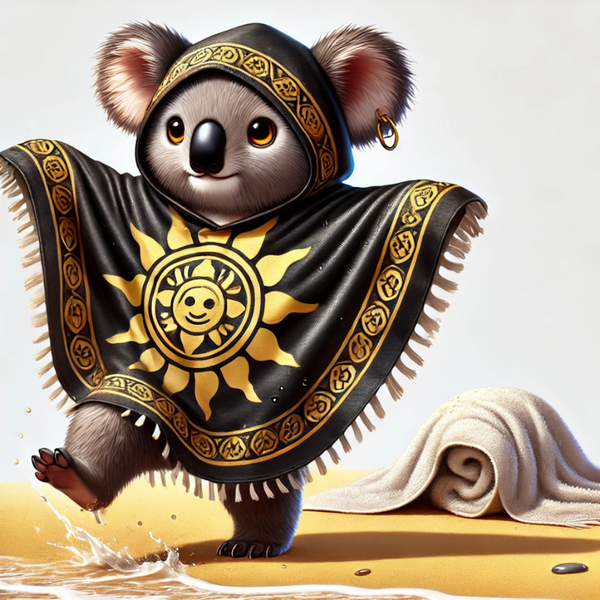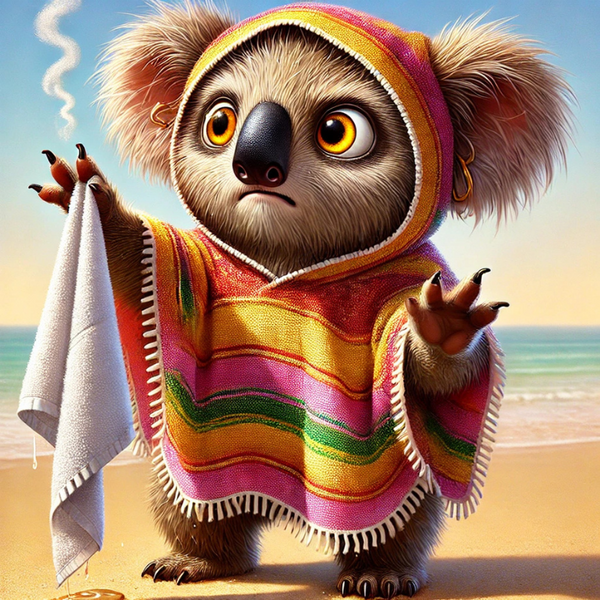
What is a Dropbear?
Share
If you ever go on a camping trip to Australia, you might be told to beware the dreaded Dropbear. There won’t be a chase. You’ll just be walking along, minding your own business, when a dark shape plummets onto you from above, pinning you down before your realize that you’re being eaten alive by an overgrown koala. The only way to protect yourself, the locals will advise, is to slather yourself in Vegemite and speak in an Australian accent.
Scientific name: Thylarctos plummetus
Size Range: 120kg, 130cm long, 90 cm at the shoulder.
Habitats: closed forest, tall closed forest, tall open forest, tall open shrubland
The Drop Bear legend tells of a large, arboreal, predatory marsupial related to the Koala that 'drops' on its prey.
Identification
Around the size of a leopard or very large dog with coarse orange fur with some darker mottled patterning (as seen in most Koalas). The creature is told as a heavily built animal with powerful forearms for climbing and holding on to prey. It lacks canines, using broad powerful premolars as biting tools instead.
Habitat
Closed canopy forest as well as open woodland on the margins of dense forest. Never encountered near roads or human habitation.
Distribution
Drop Bears can be found in the densely forested regions of the Great Dividing Range in South-eastern Australia. However, there are also some reports of them from South-east South Australia, Mount Lofty Ranges and Kangaroo Island.
Feeding and diet
Stories of kill sites and examination of scats suggest mainly medium to large species of mammal make a substantial proportion of the animal's diet. Often, prey such as macropods are larger than the Drop Bear itself.
Drop Bears supposedly hunt by ambushing ground dwelling animals from above, waiting up to as much as four hours to make a surprise kill. Once prey is within view, the Drop Bear will drop as much as eight metres to pounce on top of the unsuspecting victim. The initial impact often stuns the prey, allowing it to be bitten on the neck and quickly subdued.
If the prey is small enough Drop Bears will haul it back up the tree to feed without harassment from other predators.
Danger to humans
The urban legend focuses on bushwalkers being 'dropped on' by drop bears, resulting in injury including mainly lacerations and occasionally bites. Most attacks are considered accidental and there are no stories of incidents being fatal.
There are some suggested folk remedies that are said to act as a repellent to Drop Bears, these include having forks in the hair or Vegemite or toothpaste spread behind the ears. There is no evidence to suggest that any such repellents work.
More information about the Australian Dropbear you can find herehttps://australian.museum/learn/animals/mammals/drop-bear/




